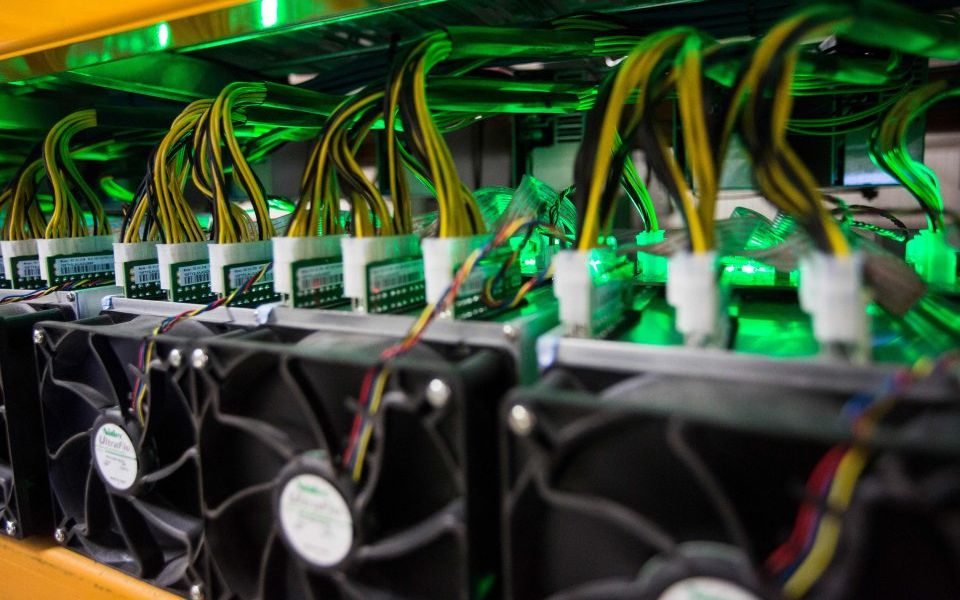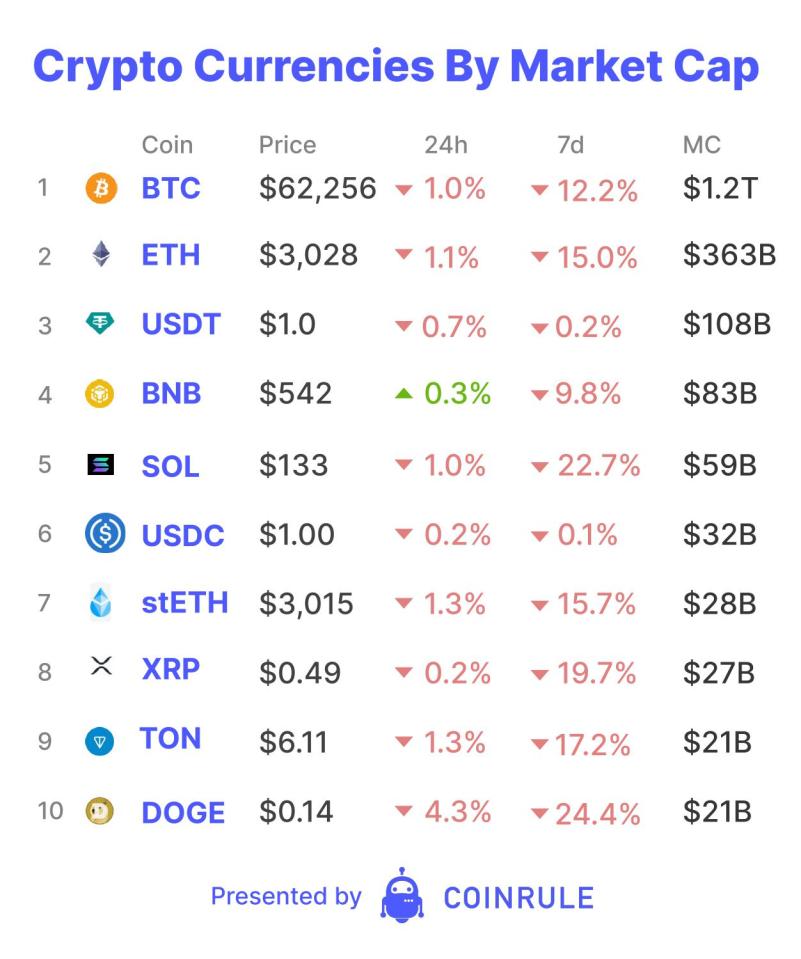Could Runes save Bitcoin miners post-halving?
At some point tomorrow, Bitcoin will experience its fourth halving. The reward miners receive for processing every 10 minute block will decline from 6.25 Bitcoin to 3.125. Bitcoin will become an even scarcer commodity with annual issuance dropping from 1.6% to 0.8%. The market appears to believe that this will be a serious loss for Bitcoin miners. Miner stocks, such as Riot, Marathon and Bitfarms, are down over 50% from their February highs.


Each day, Coinrule will run through the state of the digital assets market for Blockbeat, your home for news, analysis, opinion and commentary on blockchain and digital assets.
At some point tomorrow, Bitcoin will experience its fourth halving. The reward miners receive for processing every 10 minute block will decline from 6.25 Bitcoin to 3.125. Bitcoin will become an even scarcer commodity with annual issuance dropping from 1.6% to 0.8%. The market appears to believe that this will be a serious loss for Bitcoin miners. Miner stocks, such as Riot, Marathon and Bitfarms, are down over 50% from their February highs.
In previous cycles, the Bitcoin halving spelt short-term pain for miner revenues. Miners had to primarily rely on Bitcoin’s price to keep increasing to make up for the loss in quantity of Bitcoin earned. Post-halving periods have seen many miners fail due to them not being able to survive long enough to experience the higher prices or become more efficient. However, this time may be different.

This halving will lead to increased utility for the $1.2 trillion asset. Tomorrow marks the release of the hotly anticipated protocol and Bitcoin token standard “Runes.” Runes will further enable the creation and trading of new tokens and coins directly on Bitcoin. Their design will potentially drive a wave of token demand onto the network and allow Bitcoin’s DeFi ecosystem to flourish. Runes may also be a major shift in the conservative perception of Bitcoin, with Rune’s creator suggesting they are ideal for meme token creation and trading. When discussing other chains and their tokens, many Bitcoin maximalists argue that Bitcoin is the only viable option. However, now that the memes are Bitcoin-backed, will they get a pass?
The creator of Runes, Casey Rodarmor, also brought NFTs to Bitcoin in the form of Ordinals. Currently, tokens can be created on Bitcoin with the BRC-20 standard. Around $2.5 billion of them are already trading, according to CoinGecko. However, Rodarmor claims Runes are more simple and secure for users, whilst being more efficient, compared to BRC-20s. For miners this can mean a lifeline. Their revenue is not just linked to newly mined Bitcoin but also to transactions. So far, Bitcoin miners have received over $250 million in additional transaction fees due to Ordinals trading volume. Increasing adoption and trading of Runes will only grow this and may reduce the deficit of revenue generated by miners post-halving.
Working as designed, the drop from 6.25 per block to 3.125 for this halving is the smallest in Bitcoin terms, but the largest in value. The halving also acts as marketing for Bitcoin and emphasises two things the fiat system currently lacks – scarcity and certainty. The price may be volatile, but the rules are not.



